On the east side of Shinjuku station is an area of half a dozen narrow streets, the “Golden Gai” in the Kabukicho district, formerly the post-war black market area and later prostitution district, now just small run-down drinking bars. On the west side is “Omoide Yokocho” (memory lane), essentially a single alley barely wide enough for two people to pass each other, known colloquially as “piss alley”.
I arrived in the Golden Gai in the middle of a very dull afternoon for a recce and was greeted by groups of men too drunk to stand unaided, and a lady in a group of friends obviously very very much the worse for wear. Walking around looking at the dilapidated buildings, signs and glimpsing uninviting interiors I came across a group of English speaking tourists and one asked me to to take their photo and handed me what they called a camera. I obviously looked as though I had no idea what to do. She explained “Its a simple point and shoot, you look through here and press this”. I took the shot as best I could, and she said “we’re trying film, its says shoot in daylight”. Well I have a vague understanding of exposure, film needs, appropriate cameras and lenses, so I wished her luck and moved on. A few moments later she came running up and asked “do you know where Piss Alley is?”. At the time I’d never heard of it so replied “no but I can tell you where Vomit Alley is, is just up there….”.
I continued walking around for a while. One English speaking owner of a tiny already crowded bar invited me in and an American tourist sitting there said it was good, but I wisely made an excuse and moved on to Omoide Yokocho. In contrast to Golden Gai and despite the more cramped conditions Omoide Yokocho is far more inviting and pleasant. The alley is well lit and the bars are generally food based, more open and a large proportion of guests are tourists.
I took a few shots with my iiig and returned to both areas in the evening with my M3. I had bought this camera about 10-12 years ago from a camera fair in Tokyo – it was in amazing condition, newly repainted black, what looked like new shutter curtains, a very clear viewfinder, shutter speeds sounded good and, wow!, by far the quietest M I had ever heard. It was between half and a quarter of the price of all the other M3s on the stall (about 30 I guess) so I wondered what was the catch, and asked why so cheap. A smart salesman would have said “Oh, sorry, we missed the first digit!” and started to negotiate but instead he said “because its fake”. Well, I thought, if it’s not a Leica it’s better. I think he meant it wasn’t an original black M3 – this was at a time when repaints were rare. So of course I bought it. I have subsequently used it a lot (and it’s showing marks from use) and I always rolled my eyes in pleasure at the softness of the shutter sound, like a gentle kiss on the cheek.
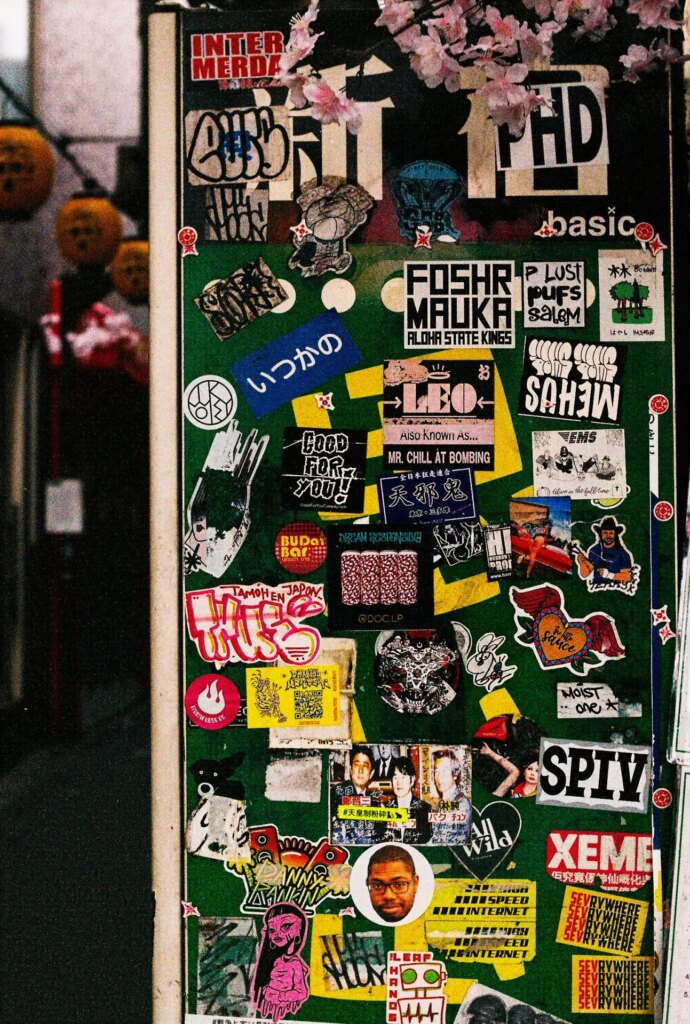
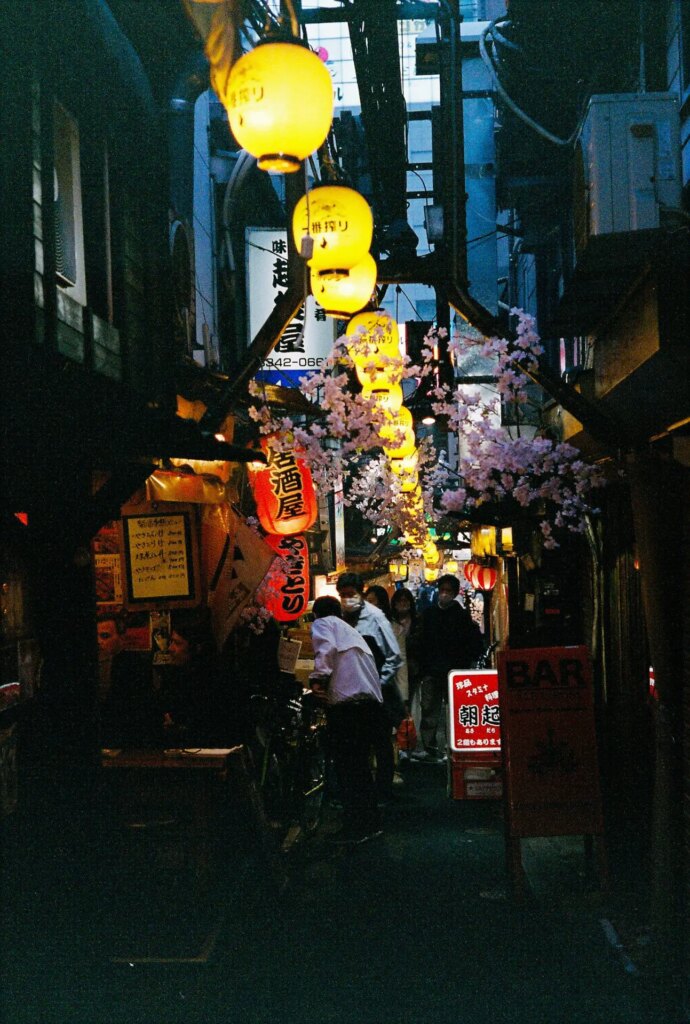
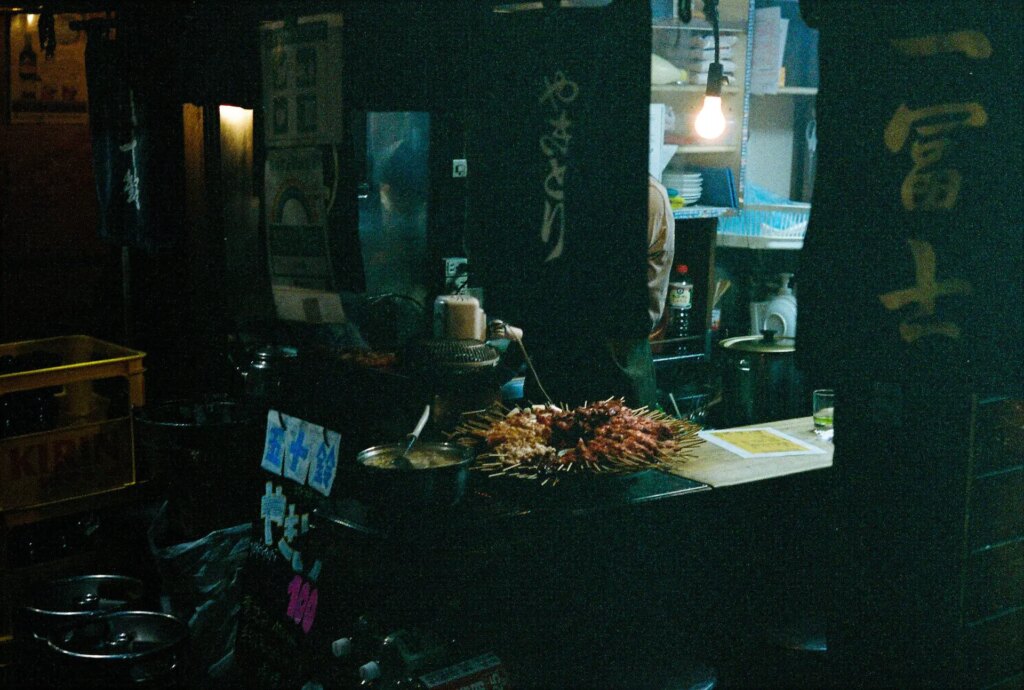
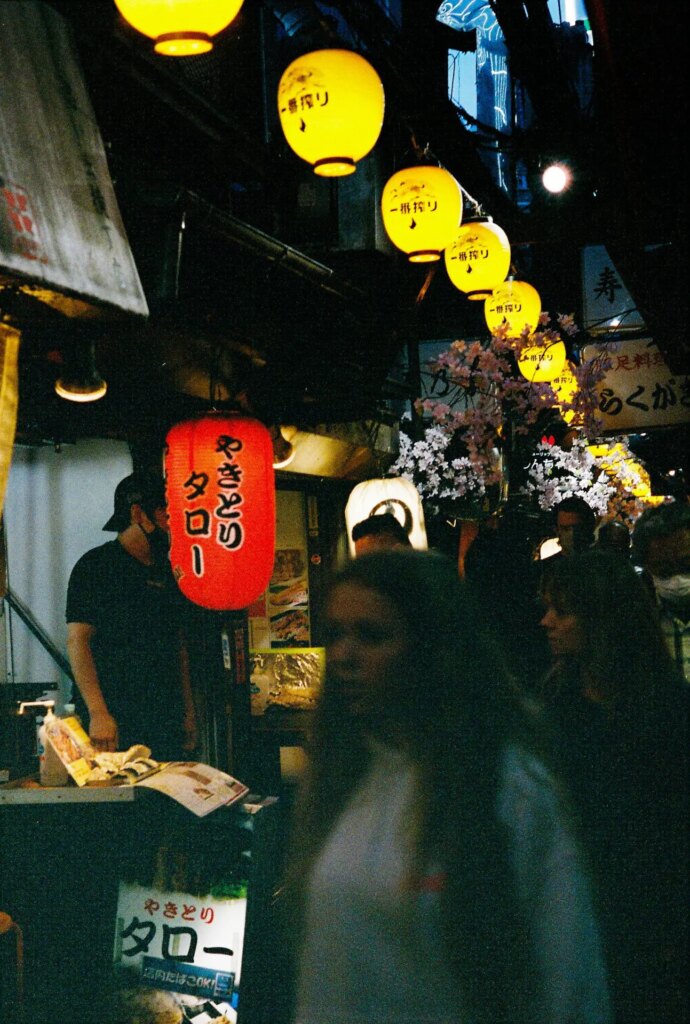
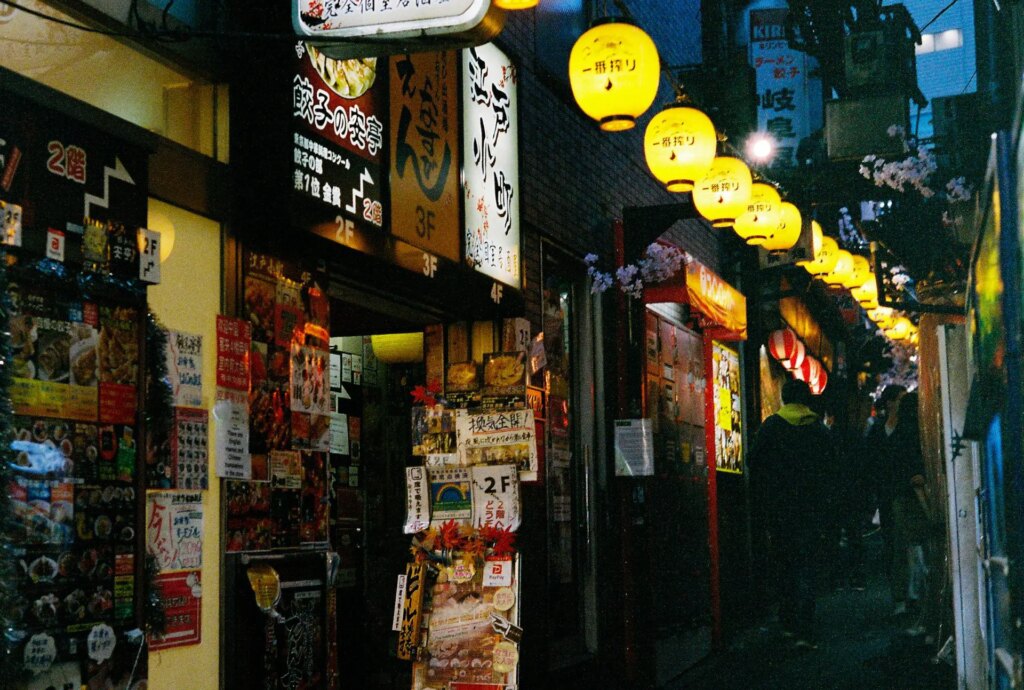
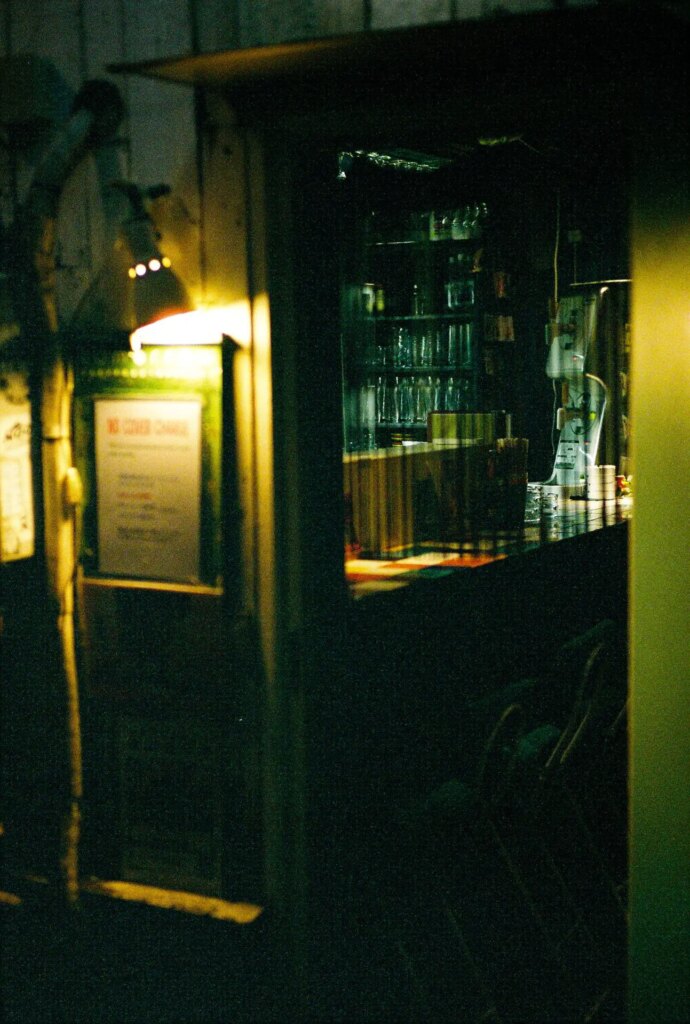
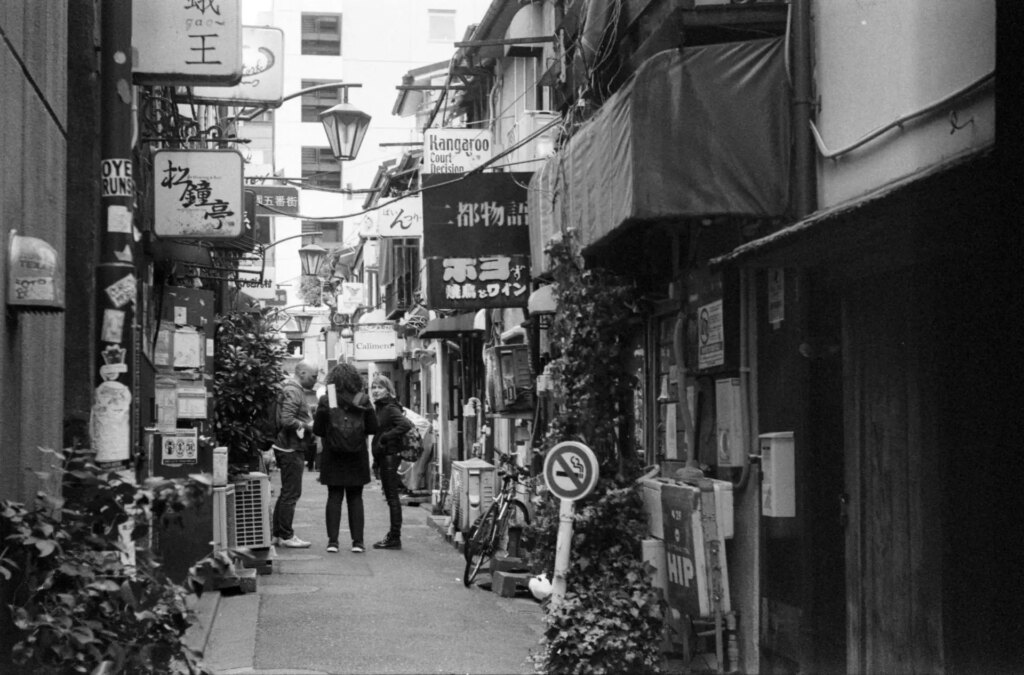
Thanks for reading
Share this post:
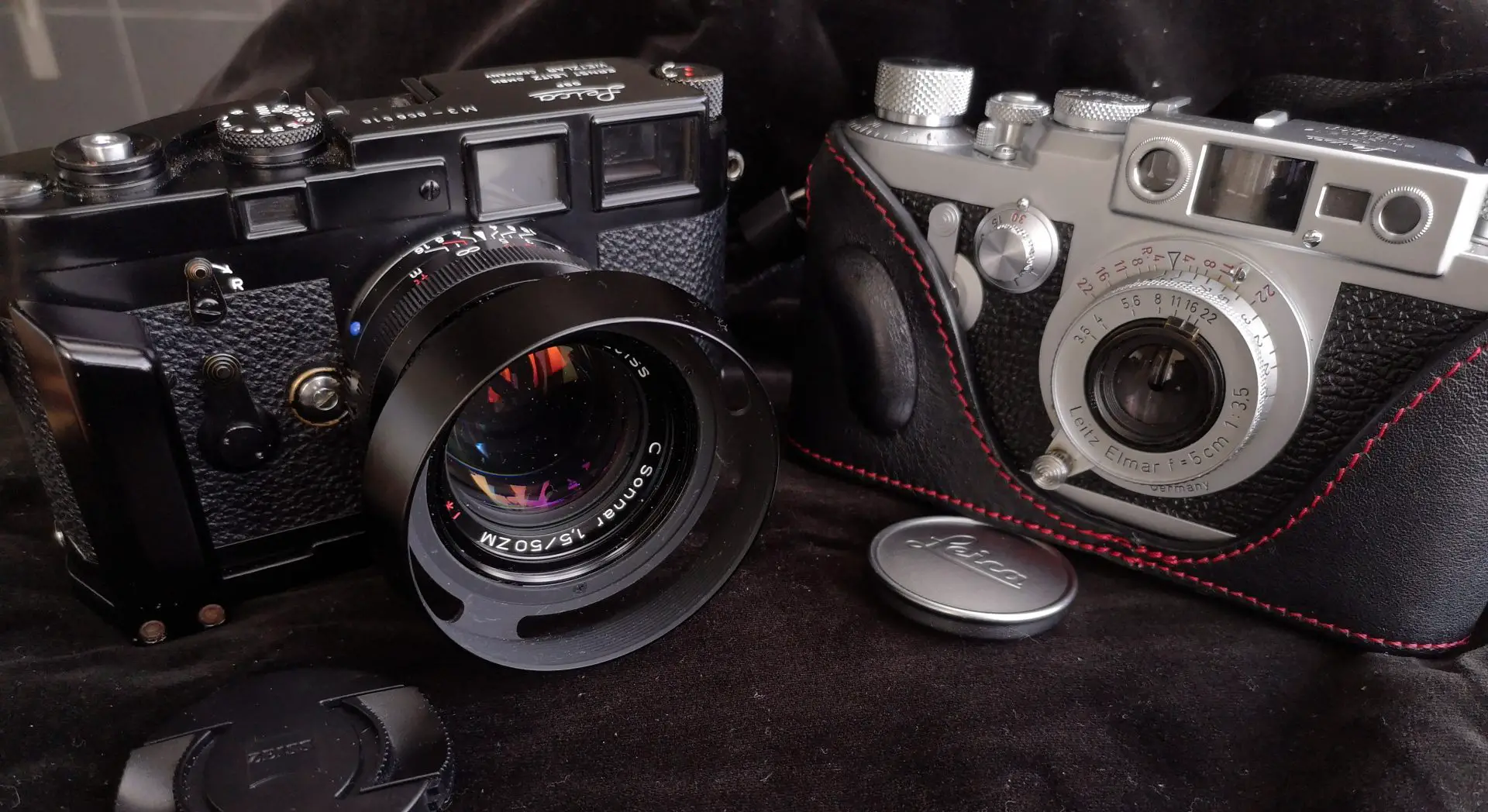








Comments
Eric on Drinking areas in Japan III: Shinjuku with a Leica M3, Zeiss Sonnar and iiig, Elmar 50mm f3.5, Portra 400 and Ilford HP5
Comment posted: 21/05/2023
Comment posted: 21/05/2023
John Orr on Drinking areas in Japan III: Shinjuku with a Leica M3, Zeiss Sonnar and iiig, Elmar 50mm f3.5, Portra 400 and Ilford HP5
Comment posted: 21/05/2023
Comment posted: 21/05/2023
Don Goodman-Wilson on Drinking areas in Japan III: Shinjuku with a Leica M3, Zeiss Sonnar and iiig, Elmar 50mm f3.5, Portra 400 and Ilford HP5
Comment posted: 22/05/2023
Comment posted: 22/05/2023
Ibraar Hussain on Drinking areas in Japan III: Shinjuku with a Leica M3, Zeiss Sonnar and iiig, Elmar 50mm f3.5, Portra 400 and Ilford HP5
Comment posted: 22/05/2023
And the atmospheric photos with the signature glowing globes !
Comment posted: 22/05/2023